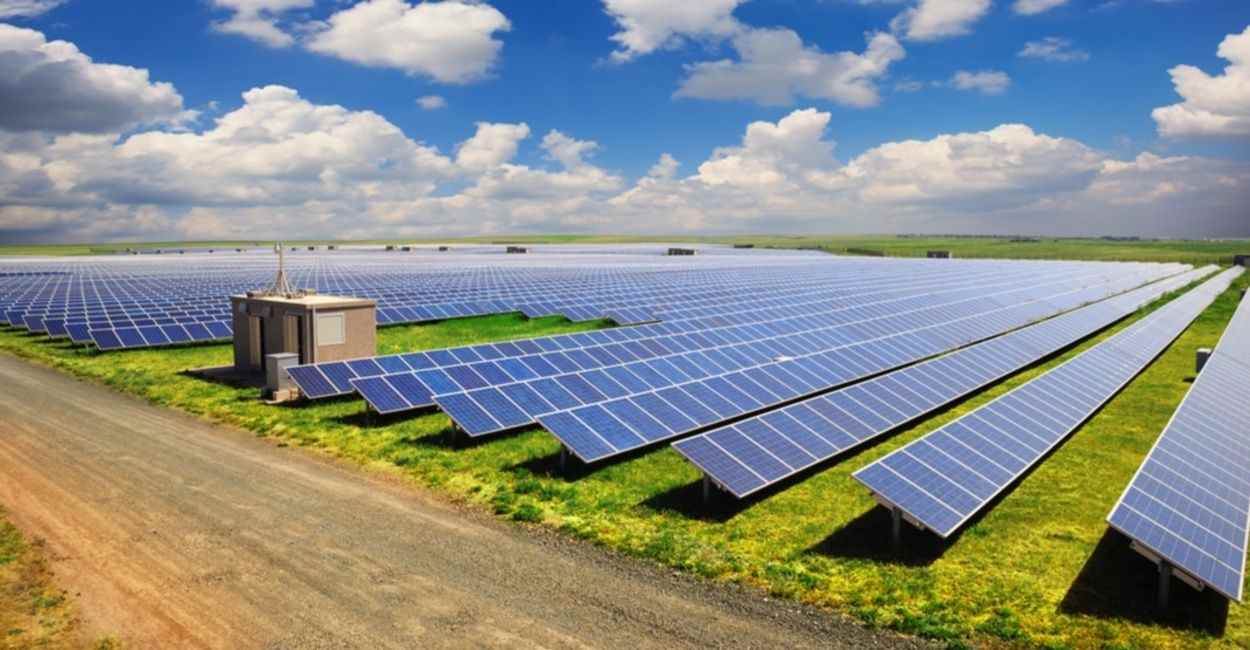A local farmer has become “collateral damage in the rush to net-zero” as he waits for the country’s biggest solar farm to be built next door.
A major new solar farm, covering 2700ha, has sparked environmental concerns among local farmers who say it will be built just 70km from the Great Barrier Reef.
Farmers from Queensland’s Goulburn region have lashed the Upper Calliope Solar Farm project, which is expected to generate 2.8 terawatts per hour per year.
For Danish renewables giant European Energy, the company behind the massive development, their first solar project in Australia will be the nation’s biggest.
A farmer from a small town in the Gladstone region, Greg Bennett, told 2GB’s Ben Fordham on Tuesday that the impacts on the community caused by the multi-billion dollar project were “beyond belief”.
“We’re not against solar, and I think that’s the message – just build them in the right place,” he said.
“This is 2700ha, wrap your head around this – imagine a football field, times it by 4000 … that’s the sort of scale we’re talking.
“I don’t think people realise what’s going on.”
This follows urgent calls from the Australian Energy Market Operator (AEMO) to bolster investment in energy transition as parts of the country face increased risks of rolling blackouts this summer.
The solar farm, which is currently under development, has a grid connection target date of 2026, requiring 12-24 months of construction.
The two million solar panels will be situated approximately 50km southwest of Gladstone.
Mr Bennett said he wouldn’t be “compensated at all” after discovering the build would devalue his home, a 12,500 acre farm used for cattle grazing, by at least 30 per cent.
“That’s basically it, mate, suffer in your jocks,” he said.
“It’s destroying us, destroying our family, destroying the district, it’s a beautiful little valley.
“I’ve got a neighbour, he’s in a proper mess, we’re struggling to look after him … it’s just not right.”
Mr Bennett said he also holds environmental concerns for ancient blue gums near his property that will be cut down to make way for the solar farm.
Furthermore, the farmer is fearful rivers which “straddle” the farm could feed contaminated run-off straight into the Great Barrier Reef.
“They’re not subject to reef regulations, it’s just out of control,” he said.
“(There’s) complete disregard for the reef and the people it destroys.”
Last week AEMO’s chief executive Daniel Westerman said Australia needed to urgently expedite its energy transition to meet future demands.
“Over the 10-year outlook, we continue to forecast reliability gaps, which are mostly due to the expectation that 62 per cent of today’s coal fleet will retire by 2033,” he said.
“To ensure Australian consumers continue to have access to reliable electricity supplies, it’s critical that planned investments in transmission, generation and storage projects are urgently delivered.”
Mr Bennett said while he and other farmers “want to build” solar farms, they want them “in the right place”.
“It’s hard to believe in Australia that you can just do this,” he said.
“We’re collateral damage in this rush to net-zero.”
European Energy was contacted for comment.

